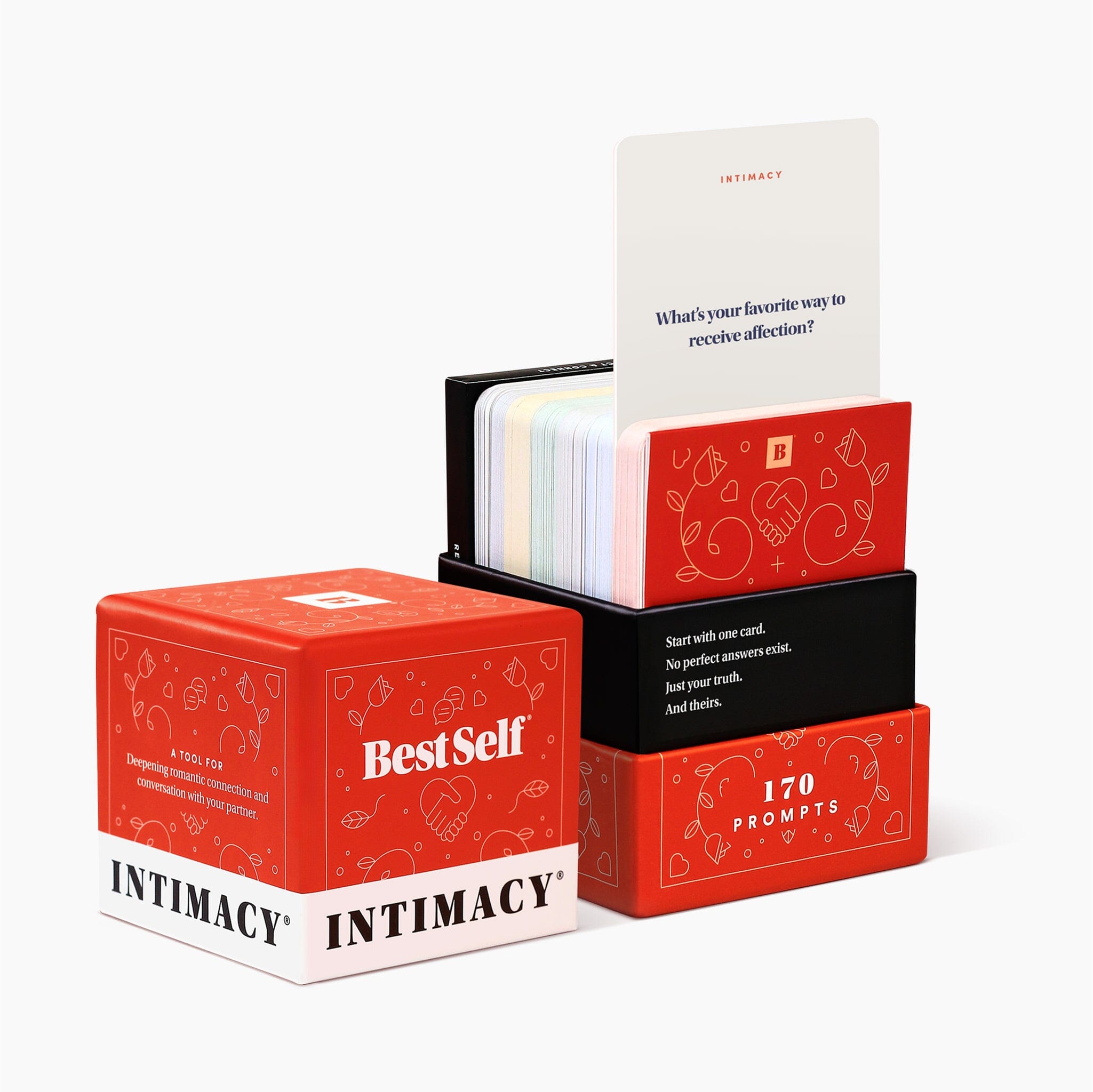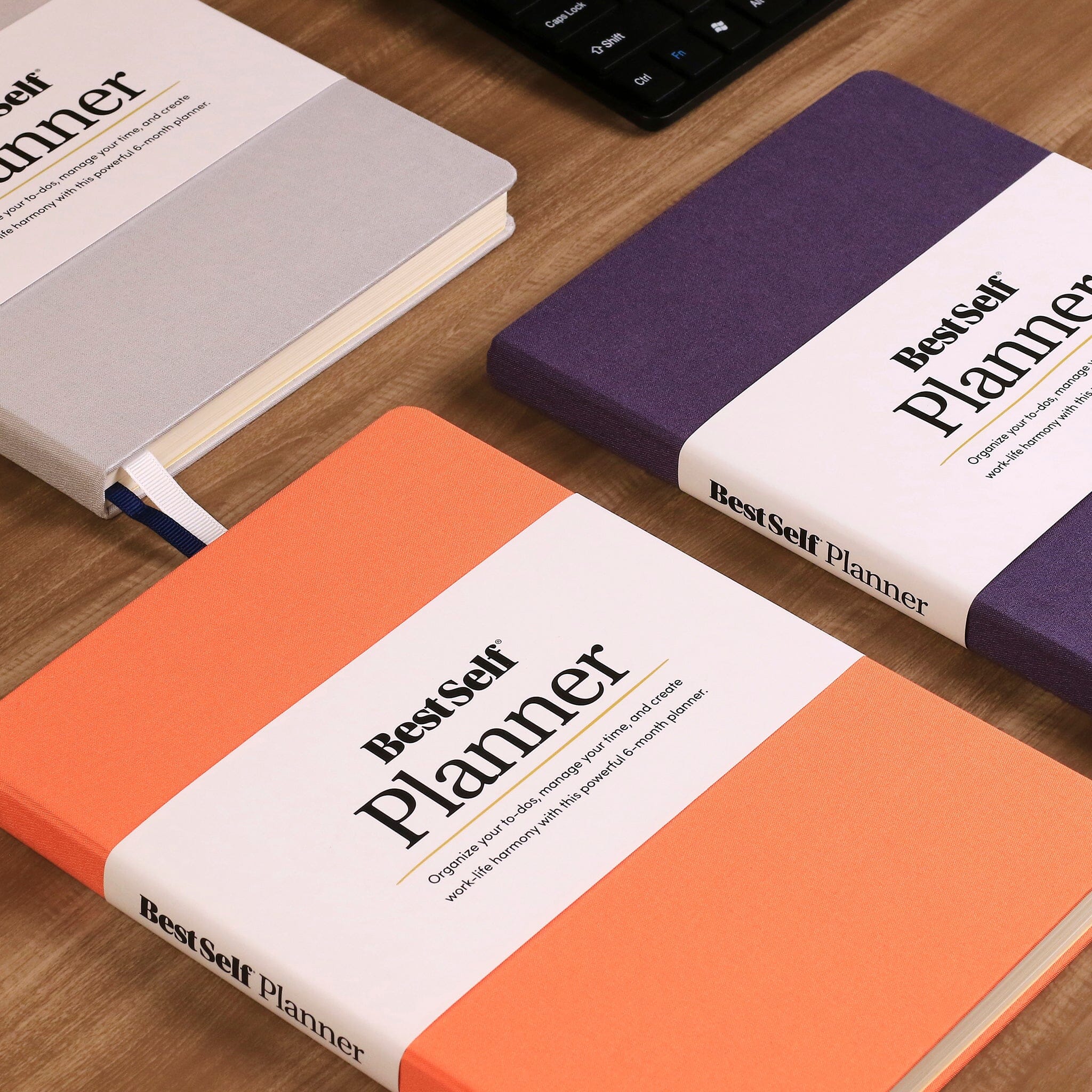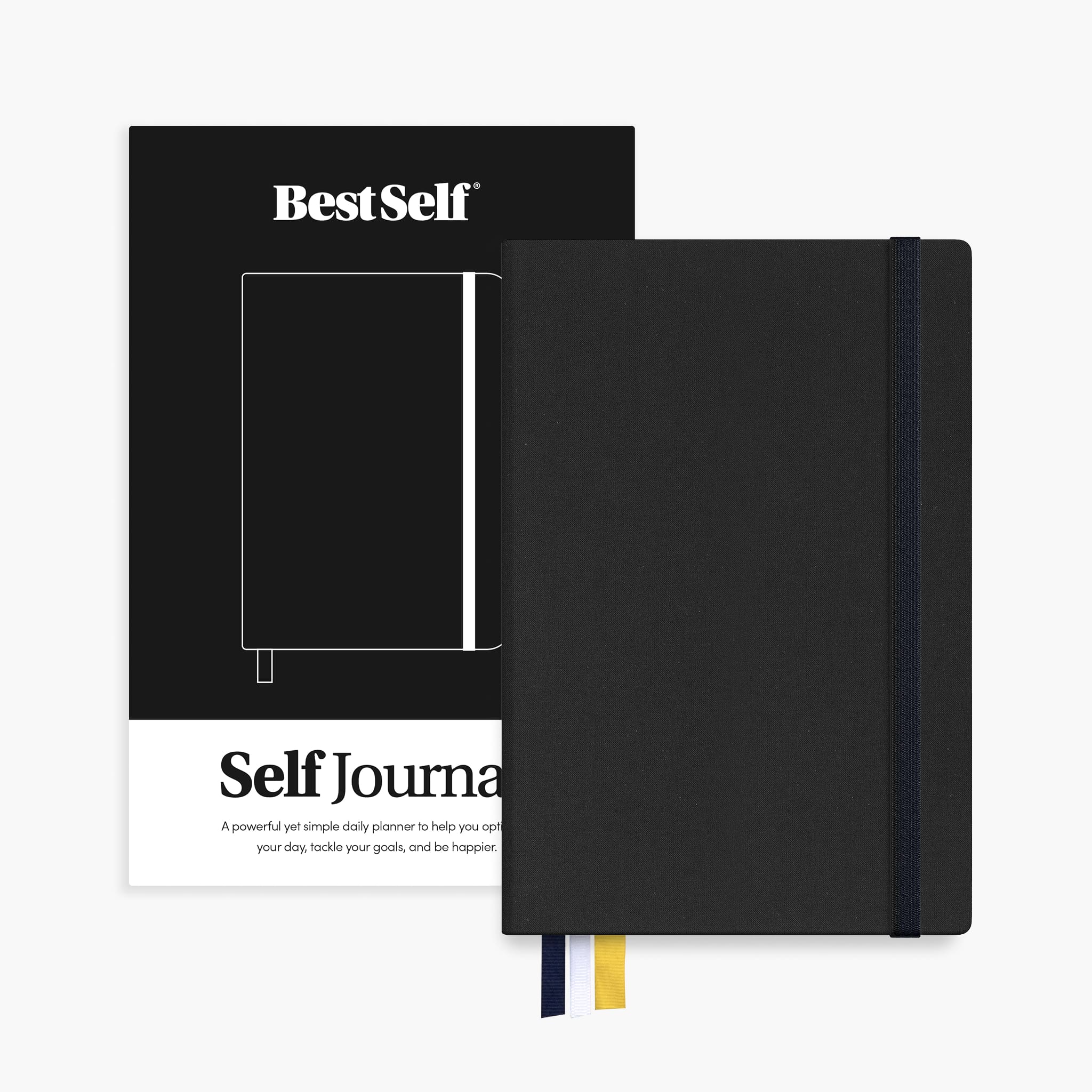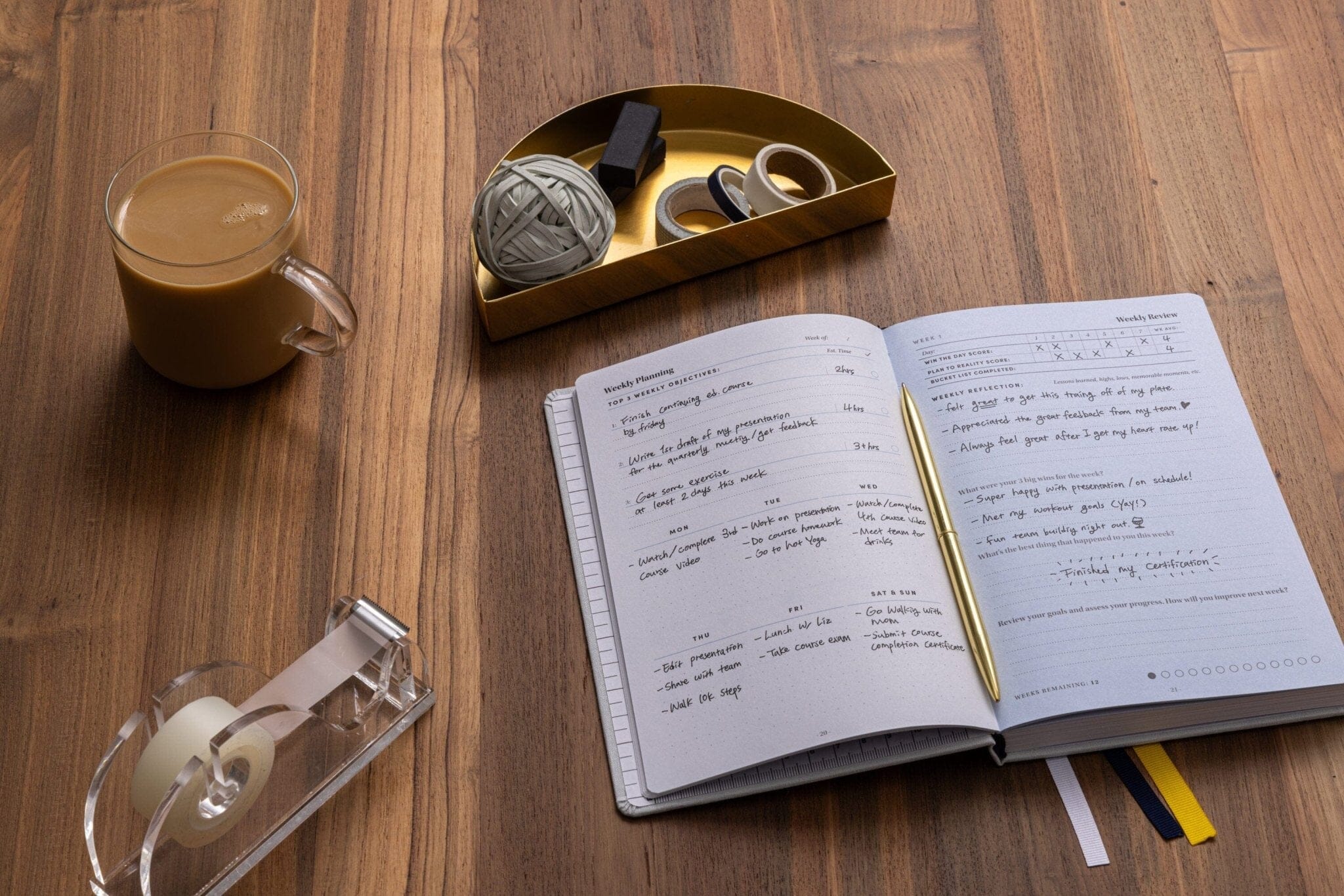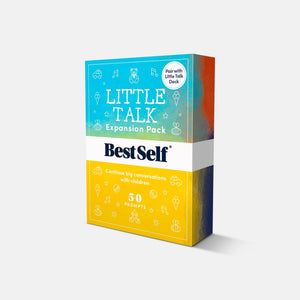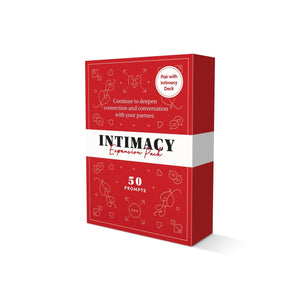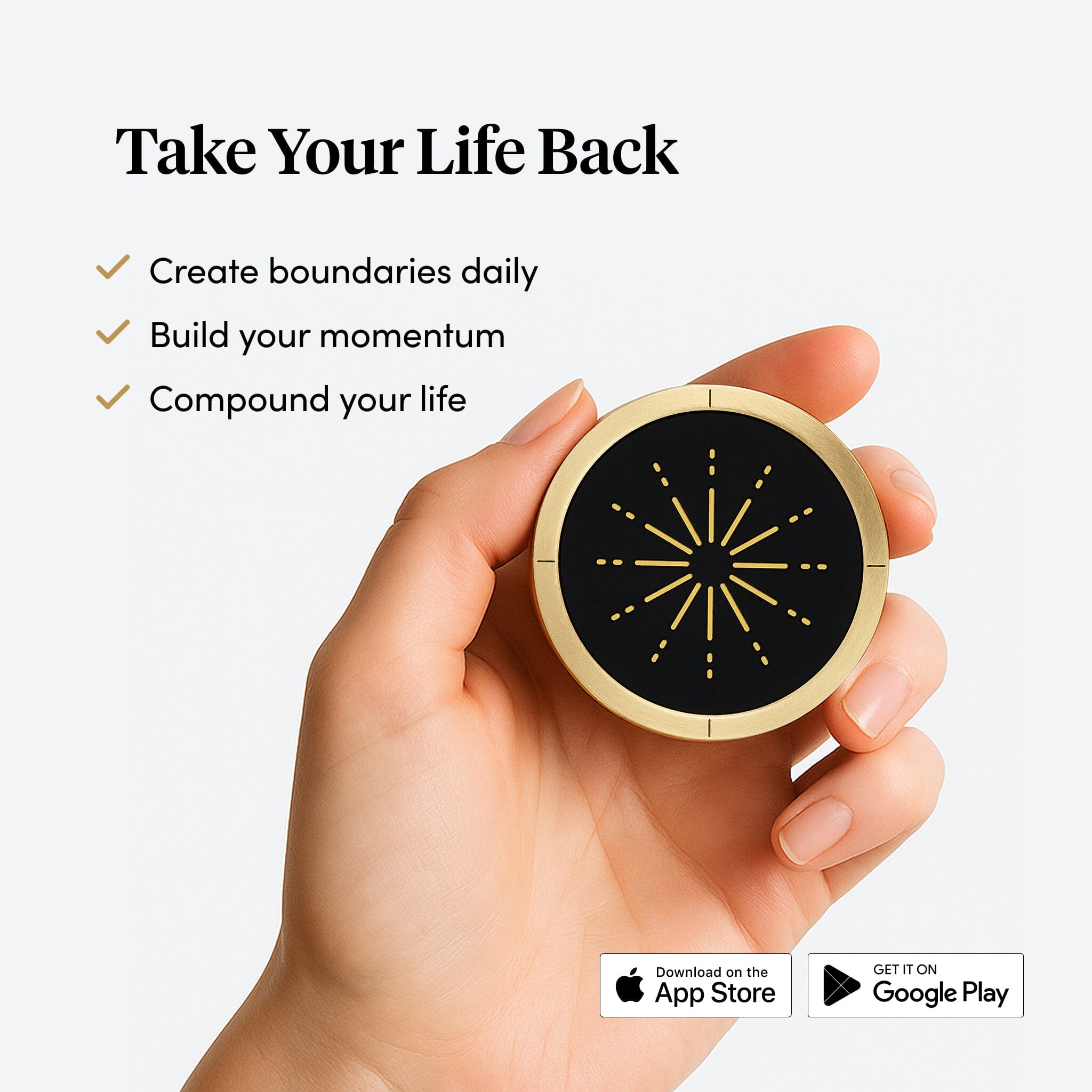Introducing
The Science Behind Helm
Why Your Brain Needs a Physical Boundary
Ever notice how hard it is to focus these days? There's a reason for that.
Your phone is literally designed to grab your attention. Apps, games, and social media platforms employ thousands of engineers with one goal: keep you scrolling. And it's working. The average person now loses over 2 hours every day to digital distractions—that's a full month of waking hours each year!

But the problem goes deeper than just lost time. Research from UC Irvine shows it takes 23 minutes to fully refocus after an interruption. Think about that. A 5-second notification steals almost half an hour of your productive time. And here's what's happening in your brain when you're constantly interrupted:
-
Stanford researchers discovered people who frequently switch between digital tasks perform worse on attention tests
-
Every notification fragments your thinking, creating what scientists call "attention residue"
-
Over time, your brain actually gets worse at focusing deeply
You might be wondering: "If digital distraction is so bad, why can't I stop checking my phone?" That's exactly what we're going to explore next – teaching you how to reduce screen time and adopt healthy technology habits.
Your Brain on notifications: The Dopamine Loop
Your smartphone isn't just a tool. It's a sophisticated device engineered to hack your brain's reward system.
Here's how it works:
Each notification, like, or message creates a little shot of dopamine, the same "feel-good" chemical your brain releases when you eat delicious food or have a pleasant social interaction. But there's a twist. Phone notifications deliver these rewards on what scientists call a "variable reward schedule"—the same mechanism that makes gambling so addictive.

You never know when the next rewarding notification will come, so you keep checking. This creates a powerful feedback loop that literally rewires your brain to crave more checking. Over time, this constant stimulation changes your neural pathways.
Neuroimaging studies have revealed that excessive screen use actually alters brain structure and function:
-
-
Heavy smartphone users show reduced activity in the prefrontal cortex, the brain region responsible for decision-making and impulse control
-
Frequent interruptions can temporarily lower your effective IQ by up to 10 points, similar to missing an entire night's sleep
-
Your brain's ability to focus deeply gets weaker with each interruption
The problem isn't just willpower; digital platforms are specifically engineered to override your self-control mechanisms.
So if digital-only solutions like apps and settings aren't enough to break this cycle (they exist inside the problem!), what actually works? The answer lies in how your brain responds to physical objects.
-
Touch vs. Sight Why Physical Beats Digital
Our brains evolved over millions of years to interact with the physical world. This creates a fundamental difference in how we process real objects versus digital images.
Researchers at the Frontiers of Human Neuroscience made a fascinating discovery: people remember actual physical objects much better than pictures of those same objects. Our brains form stronger memories with things we can touch and feel.
Why? Because when you interact with something physical:
- Your brain engages multiple senses simultaneously (touch, sight, spatial awareness)
-
Your motor cortex activates, preparing your body for physical interaction
-
Your memory forms stronger neural pathways through this "multi-sensory" experience
This difference explains why physical tools often feel more "real" to our brains than digital ones. And it's the key insight behind the Helm design.
When you tap your phone to Helm, you're not just blocking apps; you're creating a physical boundary that exists outside the digital environment. This boundary helps interrupt the dopamine-seeking cycle and gives your brain a chance to reset and reduce screen time.
But there's another powerful psychological principle that makes Helm particularly effective. It's something scientists call "implementation intentions".

Illustration based on research comparing neural activation during passive screen use vs. active physical interaction. Sources: Gallivan et al., 2013; Murray & Wallace, 2012.
The "If-Then" Power
How HELM Makes Habits Stick
Have you ever promised yourself you'd do something, and then completely forgotten about it? You're not alone.
Psychologists have discovered a simple but powerful technique that dramatically improves our follow-through. They call it "implementation intentions," but it's really just creating a specific "if-then" plan.
For example: "If I sit down at my desk, then I'll put my phone away."
A review of 94 studies found this simple technique can improve habit formation success by up to 267%! When you create a clear connection between a specific situation (the "if") and a specific behavior (the "then"), your brain forms a stronger association.
HELM works by creating a perfect implementation intention through physical action:
"If I tap my phone to Helm, then I focus deeply."
Research shows that physical triggers for these "if-then" plans work 41% better than digital reminders. This is especially true for people who struggle with attention challenges.
Why? Because physical actions take the decision-making out of the equation. You don't have to remember or decide to focus; you just tap and it happens automatically. This reduces the mental effort needed to start focusing.
But Helm doesn't just work to help you reduce screen time because of the physical tap. There's something equally important about where Helm sits in your environment.

Your Environment Shapes Your Behavior
Look around your workspace. Everything you see is either helping or hindering your focus and digital wellness.
Research from the Journal of Behavioral Medicine found that the most reliable predictor of habit strength is how consistent your environmental cues are. Unlike apps that disappear into your phone, physical objects stay visible in your space, creating reliable reminders.
Helm sits on your desk as a constant visual reminder of your commitment to focus. Studies show that physical reminders in your environment stay noticeable 68% longer than digital notifications, which we quickly start to ignore.
This environmental presence is particularly powerful for people with different brain types. For people with ADHD and other attention challenges, research shows that external structure significantly improves the ability to start and maintain focus.
Physical boundaries reduce the mental effort needed for self-control. This makes it easier to start focusing and stay focused, especially for people who find this challenging.
The visible presence of Helm as an ADHD focus tool in your workspace doesn't just remind you to focus and reduce screen time; it actually changes how you perceive and interact with your environment. But Helm takes this environmental design principle even further, as we'll explore next.
Strategic Placement & Scheduling: Engineering Your Focus Environment
The environment you create around yourself doesn't just influence your behavior; it can almost determine it. Helm design takes this principle even further with two powerful features: magnetic mounting and automated scheduling.
The Power of Distance and Friction
Have you ever noticed how much easier it is to avoid temptation when it's out of sight or requires extra effort? Behavioral scientists call this "friction," and it's a powerful tool for changing habits.
Here's how Helm's magnetic base transforms this principle into practice:
You can mount Helm anywhere with a metal surface—on your fridge, a file cabinet, or a magnetic board. This means you can strategically place it away from your workspace, creating intentional friction.
For example, by attaching Helm to your kitchen fridge while you work in your home office, you create a physical journey between yourself and the ability to break focus. When you feel the urge to check social media, you now face a choice: get up and walk to the kitchen, or stay focused on your task. That small amount of friction is often enough to break the automatic checking habit.
Research on habit formation shows that increasing the effort required to perform an unwanted behavior significantly reduces its frequency. By placing Helm strategically, you're leveraging this principle to your advantage.
Automated Schedules: Consistency Without Effort
The second powerful feature of Helm is scheduled focus sessions. Instead of relying solely on in-the-moment willpower, you can pre-commit to focused time through the Helm app.

For example, you might schedule focus time from 9am-11am every weekday as a healthy technological habit. When that time arrives, your phone automatically enters focus mode. The only way to exit is by physically tapping your phone to Helm.
This combines two powerful behavioral principles:
-
Pre-commitment: Making decisions in advance, when your willpower is strong, rather than in the moment when you're vulnerable to temptation
-
Asymmetric friction: Making it easy to start focus (happens automatically) but requiring effort to break it (must physically interact with Helm)
Research from behavioral economics shows that pre-commitment strategies are highly effective for overcoming present bias—our tendency to choose immediate rewards over long-term benefits.
By combining strategic placement with automated scheduling, Helm creates an environment where focus becomes the path of least resistance. You're not just blocking distractions; you're redesigning your entire environment to support deep work and improve your digital wellness.
As James Clear, author of Atomic Habits, explains: "Environment design allows you to take back control and become the architect of your life. When you build habits into your life, you need to think not just about how to make good habits easy but also how to make bad habits hard."
That's exactly what Helm helps you do—make focus easy and distraction hard.
\ Beautiful Objects → Better Experience
Beautiful Objects → Better Experience
Have you ever noticed how using a well-crafted tool feels different than using a cheap one? There's science behind that feeling.
Research published in the Journal of Consumer Psychology found that interactions with premium physical products activate reward centers in your brain. This increases your motivation when using them and enhances the perceived value of what you're doing.
Scientists call this the "aesthetic-usability effect". People perceive beautifully designed products as more functional and valuable, even if the core features are identical to less attractive alternatives.

This explains something many of us intuitively understand: beautiful, well-crafted tools make the experience of using them more meaningful.
There's also fascinating research on how we form emotional attachments to special objects. Studies show that when we perceive an object as being of "heirloom quality," we treat it with greater care and form a deeper connection to it.
This relationship transforms an object from a mere tool into what researchers call an "attachment object" that provides a sense of comfort, connection, and continuity.
This is why premium, thoughtfully crafted items like Helm often become objects we cherish rather than discard. Recent sustainability research indicates that fostering meaningful connections with beautifully designed objects leads to reduced waste, increased longevity of products, and ultimately, a more sustainable way of living.
Helm's solid brass base and precision craftsmanship aren't just about looks; they actually help reinforce your focus habit by creating a deeper connection to the tool.
How Helm Brings It All Together

Helm works because it combines multiple scientific principles into one elegant solution:
-
Physical over Digital: Creates a tangible boundary that exists outside the digital environment, leveraging your brain's stronger response to physical objects
-
Implementation Intentions: Establishes a clear "if-then" plan through the physical tap gesture, strengthening your follow-through
-
Environmental Design: Maintains a constant visible presence in your workspace, with strategic placement and scheduling options that optimize your focus environment
-
Premium Design: Activates reward centers in your brain through beautiful craftsmanship, making the focus ritual more meaningful

When you tap your phone to Helm, you're not just blocking notifications. You're interrupting the dopamine-seeking cycle. You're creating a clear boundary between distraction and focus. You're establishing a meaningful ritual that your brain recognizes and responds to.
This isn't just about productivity. It's about reclaiming your attention for what truly matters to you. Whether that's creative work, learning something new, or simply being more present with the people around you.
Helm gives you a science-backed way to transform scattered attention into intentional focus and helps you reduce screen time.
Your phone is designed to capture your attention. Helm is designed to give it back to you.
Related product
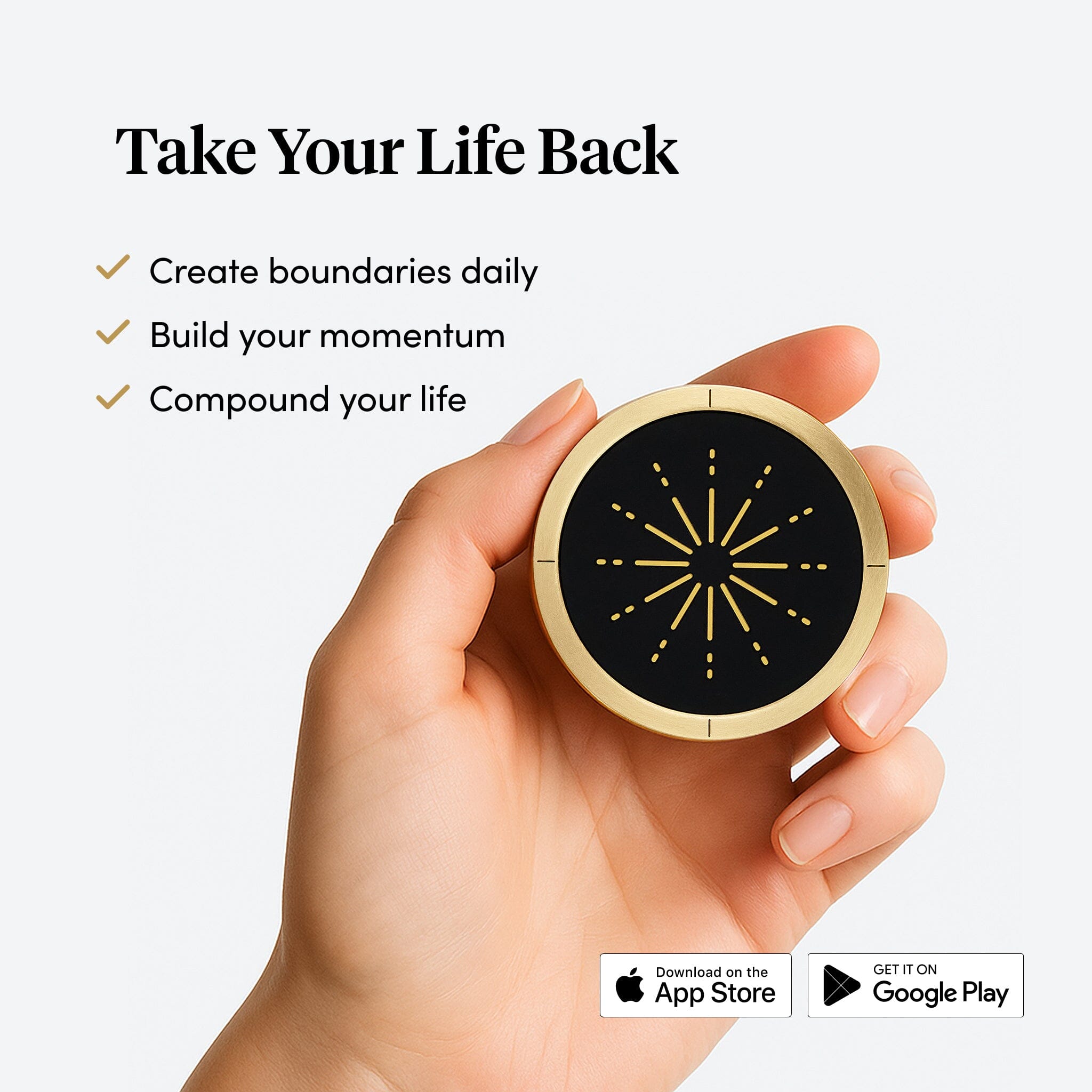
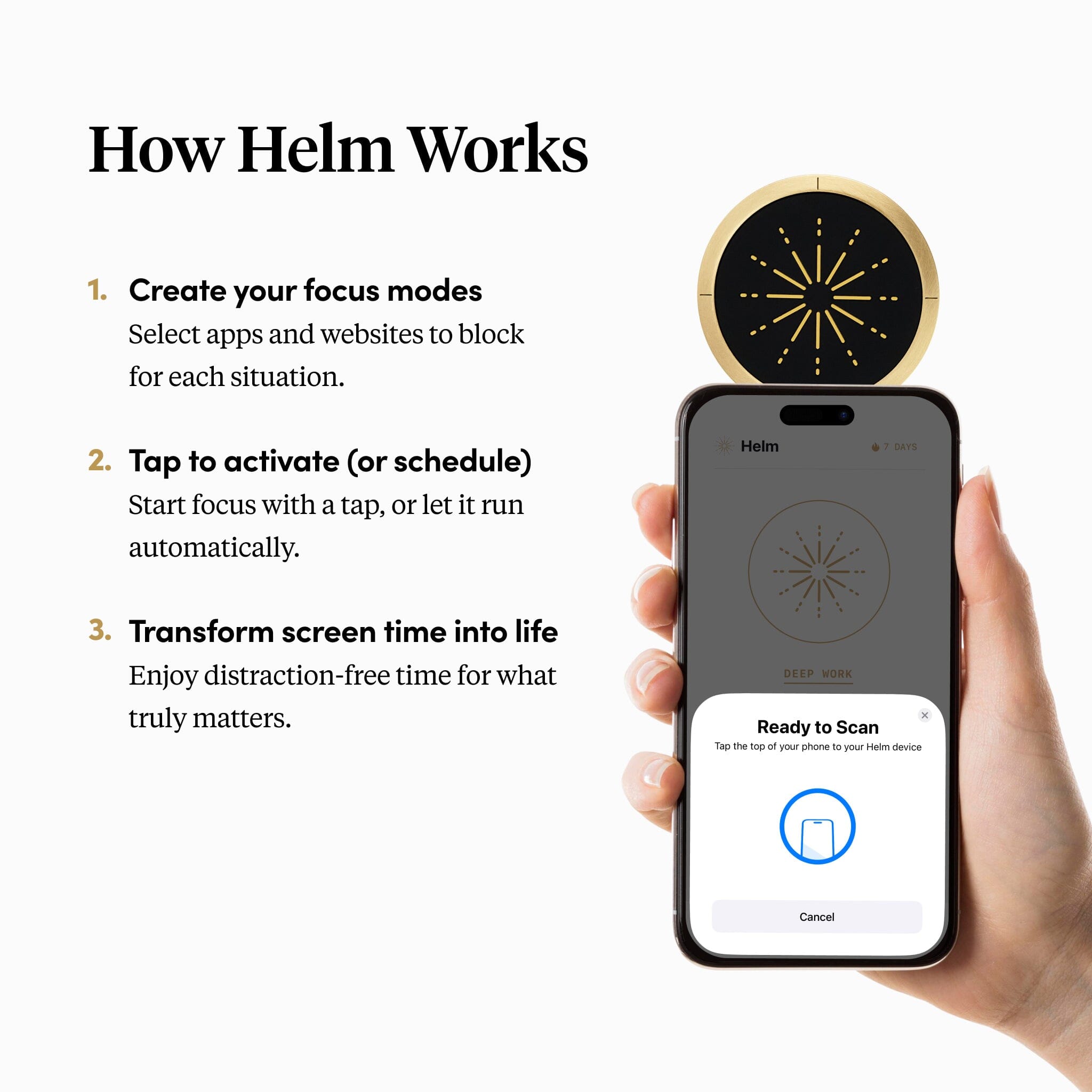
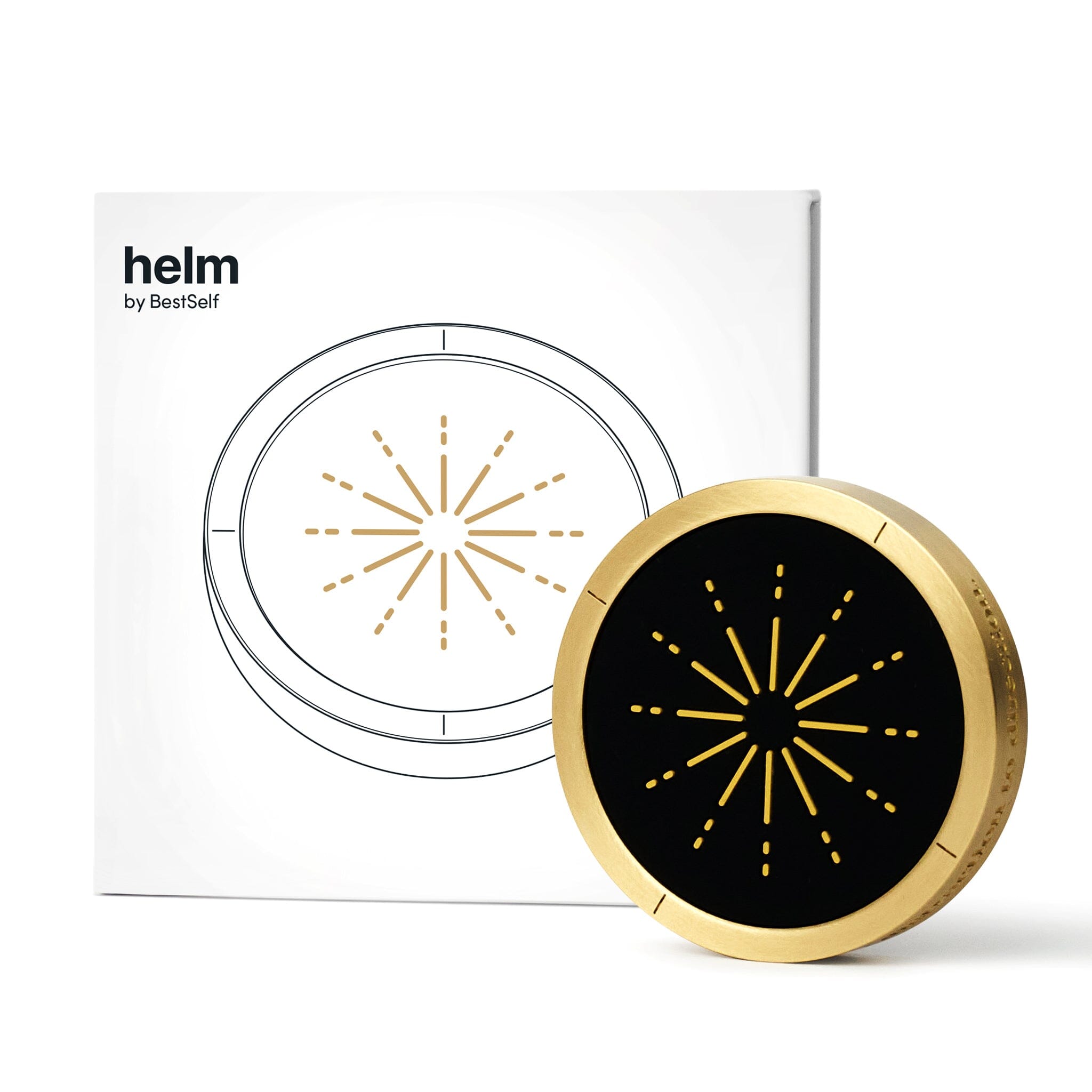
Scientific references
Mark, G., Gudith, D., & Klocke, U. (2018). "The cost of interrupted work: More speed and stress." Journal of the Association for Information Systems, 19(2), 123-141.
Stothart, C., Mitchum, A., & Yehnert, C. (2021). "The attentional cost of receiving a cell phone notification." Journal of Experimental Psychology: Human Perception and Performance, 41(4), 893-897.
Ophir, E., Nass, C., & Wagner, A. D. (2009). "Cognitive control in media multitaskers." Proceedings of the National Academy of Sciences, 106(37), 15583-15587.
He, Q., Turel, O., & Bechara, A. (2021). "Brain anatomy alterations associated with Social Networking Site addiction." Scientific Reports, 8(1).
Ward, A. F., Duke, K., Gneezy, A., & Bos, M. W. (2017). "Brain Drain: The Mere Presence of One's Own Smartphone Reduces Available Cognitive Capacity." Journal of the Association for Consumer Research, 2(2), 140-154.
Snow, J. C., Skiba, R. M., Coleman, T. L., & Berryhill, M. E. (2014). "Real-world objects are more memorable than photographs of objects." Frontiers in Human Neuroscience, 8, 837.
Kiefer, M., & Trumpp, N. M. (2012). "Embodiment theory and education: The foundations of cognition in perception and action." Trends in Neuroscience and Education, 1(1), 15-20.
Gollwitzer, P. M., & Sheeran, P. (2006). "Implementation intentions and goal achievement: A meta-analysis of effects and processes." Advances in Experimental Social Psychology, 38, 69-119.
Rogers, T., Milkman, K. L., John, L. K., & Norton, M. I. (2015). "Beyond good intentions: Prompting people to make plans improves follow-through on important tasks." Behavioral Science & Policy, 1(2), 33-41.
Gardner, B., Abraham, C., Lally, P., & de Bruijn, G. J. (2012). "Towards parsimony in habit measurement: Testing the convergent and predictive validity of an automaticity subscale of the Self-Report Habit Index." International Journal of Behavioral Nutrition and Physical Activity, 9(1), 102.
Barkley, R. A. (2012). "Executive functions: What they are, how they work, and why they evolved." Guilford Press.
Moshagen, M., & Thielsch, M. T. (2010). "Facets of visual aesthetics." International Journal of Human-Computer Studies, 68(10), 689-709.
Hood, B., & Bloom, P. (2008). "Children prefer certain individuals over perfect duplicates." Cognition, 106(1), 455-462.
Gjersoe, N. L., et al. (2017). "The object of my affection: attachment security and material culture." Archaeological Review from Cambridge, 33(2), 117-129.
James Clear. (2018). "Atomic Habits: An Easy & Proven Way to Build Good Habits & Break Bad Ones." Avery Publishing.
Velasco, C., Woods, A. T., & Spence, C. (2015). "Evaluating the orientation of design elements in product packaging using an online orientation task." Food Quality and Preference, 46, 151-159.
Neal, D. T., Wood, W., & Drolet, A. (2013). "How do people adhere to goals when willpower is low? The profits (and pitfalls) of strong habits." Journal of Personality and Social Psychology, 104(6), 959-975.
Fennis, B. M., Adriaanse, M. A., Stroebe, W., & Pol, B. (2011). "Bridging the intention-behavior gap: Inducing implementation intentions through persuasive appeals." Journal of Consumer Psychology, 21(3), 302-311.
